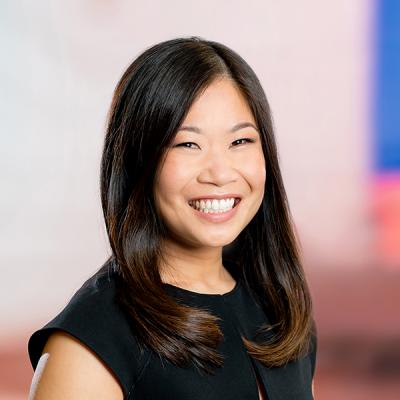FCC Provides Additional Information on Making $100 million Available for Connected Care Services
On September 3, 2020, the FCC released a Public Notice providing additional guidance to prospective applicants who may wish to seek funding under the FCC’s Connected Care Pilot Program for connected care services. As we previously reported, that program will make $100 million available over three years to help defray health care providers’ costs of providing connected care services, with a particular emphasis on supporting those services for low-income Americans and veterans. On the same day, the FCC issued a Press Release in which FCC Chairman Pai stated: “Our Connected Care Pilot Program will help us to look to the future and determine how universal service support can shepherd telehealth services into a new era of healthcare delivery.” Commissioner Carr likewise released a statement emphasizing the growing prevalence and importance of telehealth services, stating: “Telehealth is no longer limited to the confines of connected, brick-and-mortar facilities. Americans can now access high-quality care in their homes or wherever they have an Internet connection.”
Although applications are not yet being accepted for the Pilot Program, the Public Notice provides the following guidance:
- Funding – The Pilot Program will provide support for 85 percent of the cost of eligible services and network equipment, which include: (1) patient broadband internet access services, (2) health care provider broadband data connections, (3) other connected care information services, and (4) certain network equipment (e.g., equipment necessary to make a supported broadband service function such as routers). The Pilot Program will not provide funding for devices, including end-user connected devices (e.g., tablets, smart phones or remote patient monitoring equipment), medical equipment, health care provider administrative costs, personnel costs (including, but not limited to medical professional costs), or other miscellaneous expenses. It also will not fund network deployment, the construction of networks between health care providers, or connectivity services between health care provider sites.
- Eligible Health Care Providers – Eligibility for the Pilot Program is limited to nonprofit and public eligible health care providers that fall within the following categories: (1) post-secondary educational institutions offering health care instruction, teaching hospitals, and medical schools; (2) community health centers or health centers providing health care to migrants; (3) local health departments or agencies; (4) community mental health centers; (5) not-for-profit hospitals; (6) rural health clinics; (7) skilled nursing facilities; or (8) consortia of health care providers consisting of one or more entities falling into the first seven categories.
- Eligibility Determination – A health care provider, if it has not already, will be required to request an eligibility determination by filing an FCC Form 460, available here, with the Universal Service Administrative Company (“USAC”) and obtaining a Health Care Provider Number for each health care provider site at which funding will be used. Health care providers that have already received an eligibility determination for other programs such as the FCC’s COVID-19 Telehealth Program may rely on that same determination for the Pilot Program. Requests for eligibility may be submitted to USAC now before the applications for funding itself are accepted.
- Applications for Funding – In preparation for submitting an application, an interested applicant may wish to start gathering the following, among other, information: (1) a description of how the funding would be used; (2) the amount of funds that would be requested; (3) the level of service, speed, and connections that would be needed if requesting broadband connectivity; (4) the health care provider’s experience with providing telehealth services, plans for implementing its project, and financial health; (5) a description of the geographic area and patient population that would be served; (6) if the health care provider received funding under the FCC’s COVD-19 Telehealth Program; and (7) any additional information about the health care provider’s need for funding.
The FCC will release another Public Notice with additional details regarding application procedures, including the timing of the application window, at a later date.


